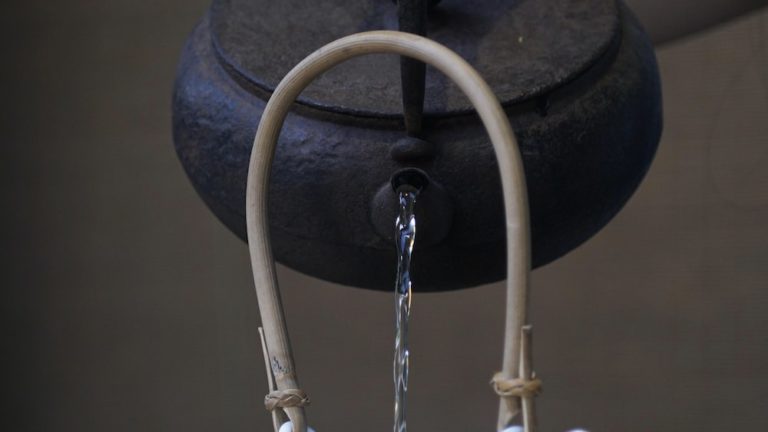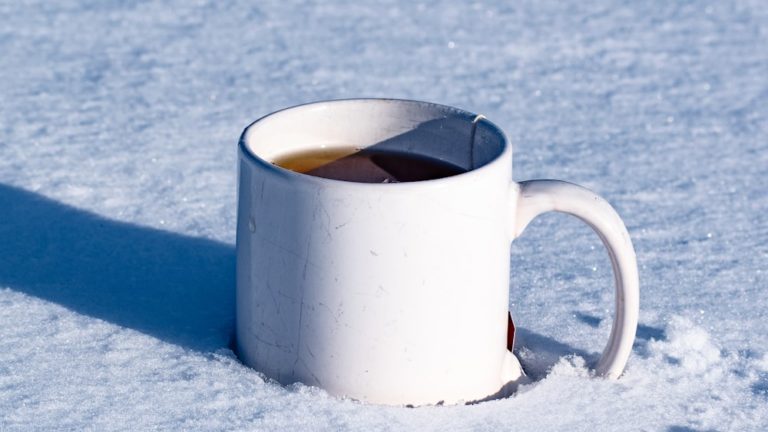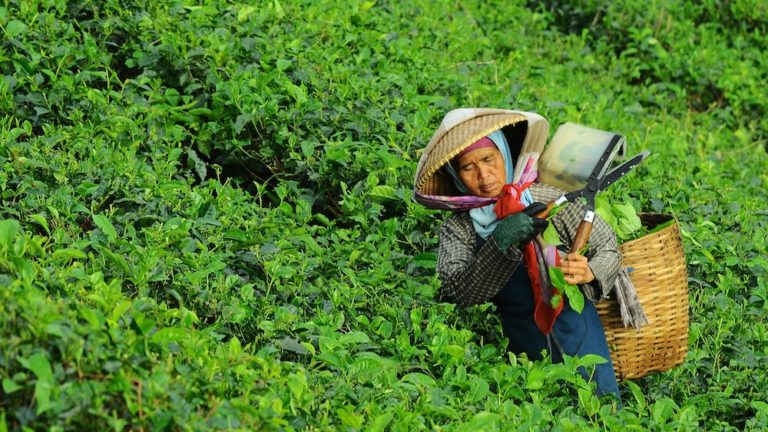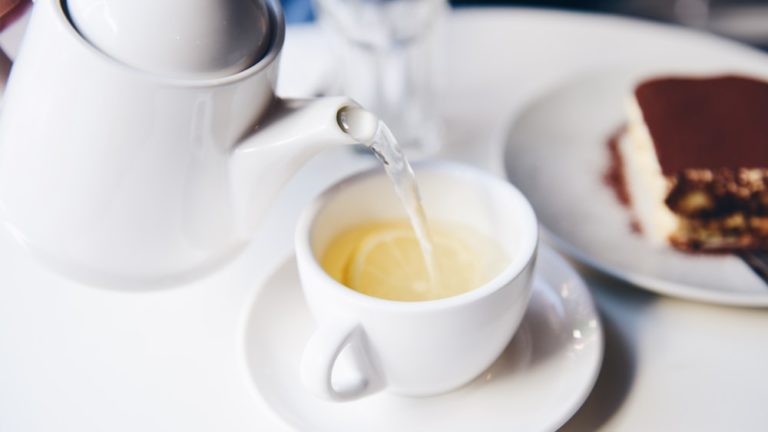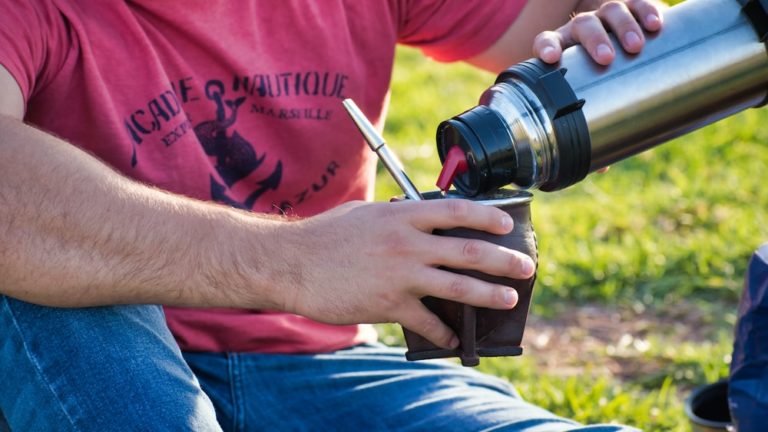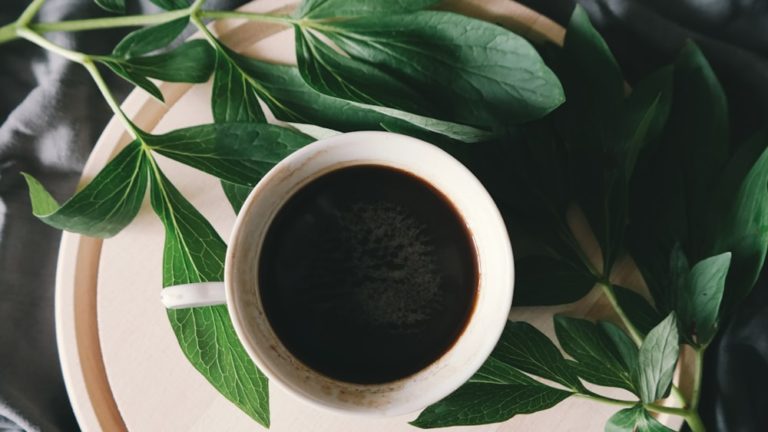The Perfect Green Tea Temperature: Brewing Tips And Tricks
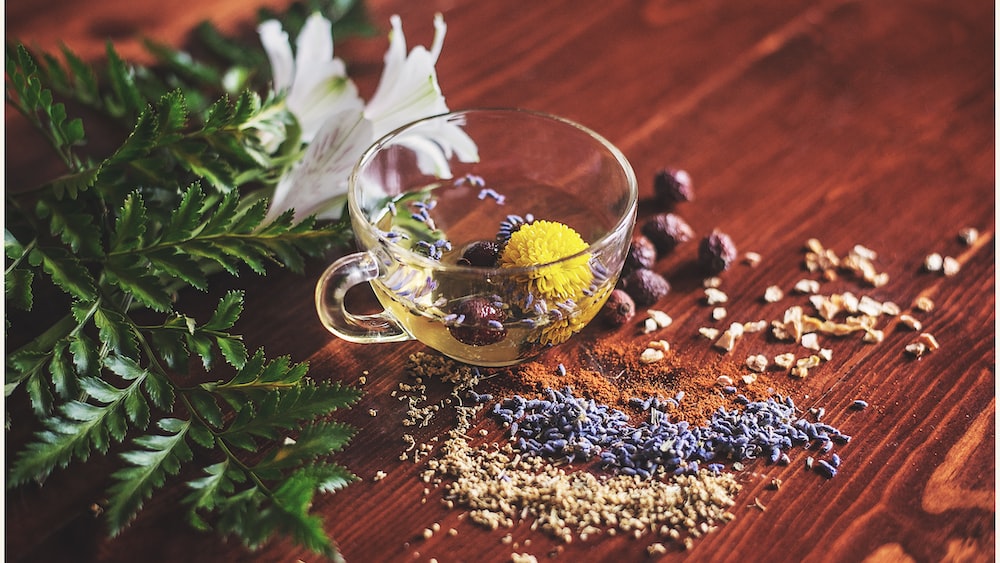
The Perfect Green Tea Temperature: Brewing Tips And Tricks
Begin your day with a cup of green tea, and you might be taking off on the right foot! But are you sure you are brewing it right? Oh, come on, it’s not rocket science. Or is it?
Brewing green tea is akin to a symphony, with the water at the correct temperature acting as the conductor, orchestrating the infusion of the leaves to perfection. However, if the water temperature hits high notes or low notes, it risks turning the symphony into a cacophony! This lighthearted guide takes you through the nuances of brewing this herbal elixir in a manner that ensures you won’t boil its goodness away.
On your mark, get set with your kettle and your favorite tea mug. Let’s journey through the enchanting world of green tea!
Understanding Green Tea
Before diving straight into our tea-brewing instructions, it’s necessary to dip into the backstory of green tea. It isn’t simply about ‘just-add-water.’ As our fellow tea enthusiasts will vouch, knowing the journey of those delicate leaves from plantations to your tea bag enhances the enjoyment.
What is Green Tea?
Picture a waltz of leaves. Imagine them tenderly plucked, meticulously washed, and lightly heated to prevent oxidation. As they dance in the heated air, their natural green color and valuable nutrients are preserved. And voila! You have green tea!
This dance-like process allows the nutrients in green tea to remain fairly intact, thus transforming it into an infusion of health. The antioxidants, catechins, and polyphenols it contains have been linked to everything from weight loss to cancer prevention.
And while we wax eloquent about the benefits, we should also mention the taste. Brewed well, green tea offers an incomparable lineup of flavors, from sweet and mild to fresh and grassy.
The dance-like process of making green tea preserves its nutrients and transforms it into an infusion of health, with antioxidants and polyphenols that offer a range of benefits from weight loss to cancer prevention.
The Importance of Green Tea in Various Cultures
Green tea is no less than a cultural icon in certain parts of the world. Japan, for instance, hosts elaborate tea ceremonies centered around Matcha, their powdered green tea. These tea ceremonies, more than just social gatherings, are spiritual experiences steeped in the principles of grace, tranquillity, and respect.
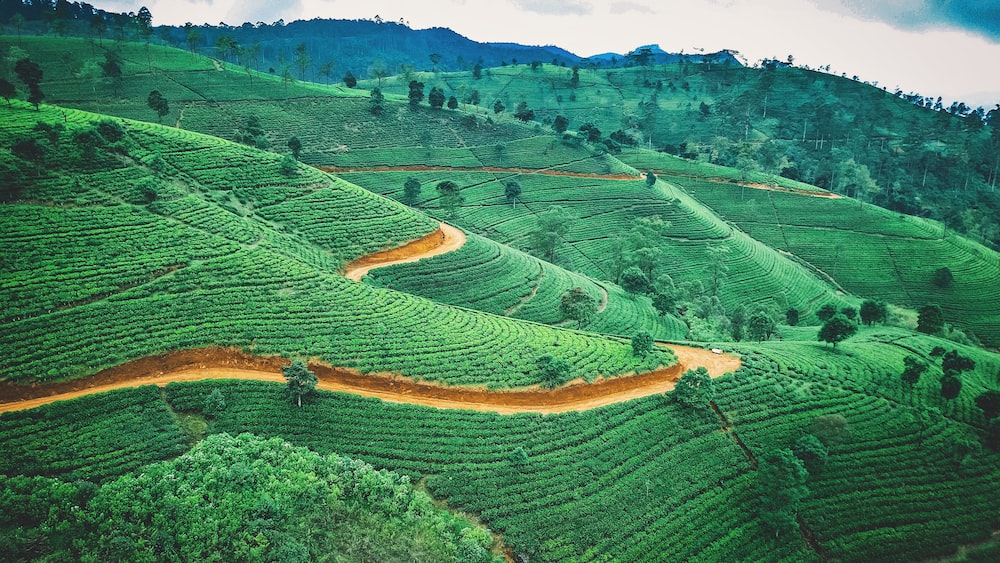
In China, the birthplace of green tea, it is considered the “national drink,” used for medicinal purposes and as an integral part of social rituals. Many traditional Chinese believe that drinking green tea can promote longevity, and their gunpowder tea rolled into tiny pellets, adds a distinctive touch to their tea tradition.
The Importance of Water Temperature in Brewing Green Tea
Now that you’ve acquainted yourself with your green companion, it’s time to get down to brewing. And here is where water temperature takes center stage. You guessed it right! It’s not a plunge-into-boiling-water kind of situation. Read on.
Why Water Temperature Matters
Ever wondered why your green tea tastes bitter? The villain could be water that’s too hot. Our green tea leaves are like delicate flowers. They despise being in hot water. Literally! Steeping them in over-heated water can cause them to yield a bitter and unpalatable brew.
On the flip side, lukewarm water may not fully activate the tea leaves, meaning you might be missing out on the maximum flavor and nutritional profile. You now see why getting the water temperature right is crucial, don’t you?
The Effect of Water Temperature on Green Tea Taste and Nutrient Content
Not convinced yet? Let’s enter the realm of science, shall we? Clinical studies reveal that water temperature influences the release of bio-active compounds found in green tea. Case in point, a study by the University of Newcastle, Australia stated that a higher steeping temperature could extract more catechins, but might also increase the release of bitter catechins.
Another research piece from Japan’s University of Shizuoka underlined that extraction of good stuff like amino acids peaked at a range of 60-80℃, highlighting that the optimal brewing temperature might also depend on our taste preference. Some like it a little bitter, don’t they?
The Perfect Green Tea Temperature
Now that we’ve unraveled the intricacies of water temperature and its impact on your green tea, let’s spill the beans on the ideal mark on the thermometer! Fasten your seatbelts as we embark on a quick global tea tour.
Ideal Temperature for Brewing Japanese Green Tea
Ah, Japanese green tea! Let’s dive into its extraordinary world! Picture being a samurai, preparing for battle, while your faithful tea master whisks you a bowl of matcha. Now, if temperature could be a weapon, green tea would surely be a katana and the right temperature would be a perfectly honed edge. For most Japanese green teas, the ideal brewing temperature hovers between 60 to 85 degrees Celsius (140-185 F). Cool, isn’t it? Literally!

Imagine this, abruptly tossing your sensitive green tea leaves into boiling hot water is akin to, say, throwing a snowball into a volcano, it’s too hot, too shocking, and all sorts of wonderful elements (flavor, aroma, and even nutrients) could be destroyed in the process. You lose all the glory, all the beauty! So, gentle samurai, keep your temperatures low.
Ideal Temperature for Brewing Chinese Green Tea
Cue the dragon dance, we’re venturing into the realm of Chinese green tea! Now, within this sphere, there’s a little more wiggle room. Yet, let’s not transform the delicate dance of brewing tea into a clumsy hopscotch, shall we? The ideal brewing temperature here still leans to the cooler side – between 75 to 85 degrees Celsius (167-185 F), slightly steamier than our Japanese friends.
As in many traditional tea practices, the balance here is what sings. Like smearing too much hot sauce on your roasted duck, water that is too hot can over-extract the tannins, leading to a harsh, bitter taste that could make even the fiercest dragon retreat. Conversely, water that’s too cool won’t extract enough flavor, leaving you with a mug of lukewarm disappointment.
Meanwhile, using the right temperature is like gently tickling the dragon’s belly, drawing out a radiant array of flavors and nourishing compounds, making the verdant dragon of Chinese green tea dance in delight.
How to Achieve the Right Water Temperature for Green Tea
Hang on tight! It’s time to take a thermal journey. Now that we understand the paramount role temperature plays in brewing the perfect green tea, how do we achieve this delicate balance between too hot and too lackluster?
Tips and Techniques for Heating Water
- The Stovetop Method: This is old-school, my friend, and as reliable as your grandma’s weather-predicting arthritis. Simply place your kettle on the stove and heat the water slowly, then adjust the heat setting to maintain your desired temperature. Be careful, though, a watchless stove pot in tea-brewing is like an unattended toddler in a toy store…chaos can ensue!
- The Microwave Method: Now, some tea traditionalists may gasp at this, but hey, we’re in the 21st century! Place your water in a microwave-safe vessel, then zap it at 50 percent power, checking frequently until the desired temperature is reached. Keep in mind, a microwave is like an unpredictable wizard, it zaps with abandon, so vigilance counts!
- The Electric Kettle Method: This, my tea-loving friends, is the jackpot! Especially the ones with temperature controls. Set it, forget it, and it sings when it’s ready. It’s like a faithful golden retriever, it never lets you down.
The Electric Kettle Method is the jackpot for tea lovers, as it allows for easy temperature control and reliable results.
Tools for Measuring Water Temperature
Accurately measuring water temperature is like finding your way in a foreign city without Google Maps, it’s tricky but not impossible. For beginners, a fabulous little gadget known as a thermometer comes in handy.
A digital one is a tea enthusiast’s best friend, it gives quick, accurate readings. As a bonus, the best part about these gadgets? They’re as fashionable as they are functional! Stick one in your apron pocket, and suddenly, you’re the James Bond of the tea world.
Common Mistakes in Brewing Green Tea
Just like in every epic tale, there are pitfalls and perils along the way. In the exhilarating quest of crafting the perfect green tea brew, some common mistakes can turn our delightful tea story into a dreaded tea tragedy.
Using Water That’s Too Hot or Cold
First up, the classic blunder: using water that’s as scorching as a dragon’s fiery breath, or as cold as a well-digger’s posterior! Too hot and you risk being the brutish villain – obliterating the delicate flavors and nutrients. Too cold, and it’s like inviting the tea leaves to a celebration, but forgetting to play the music. The result? A decidedly underwhelming dance party in your teapot.
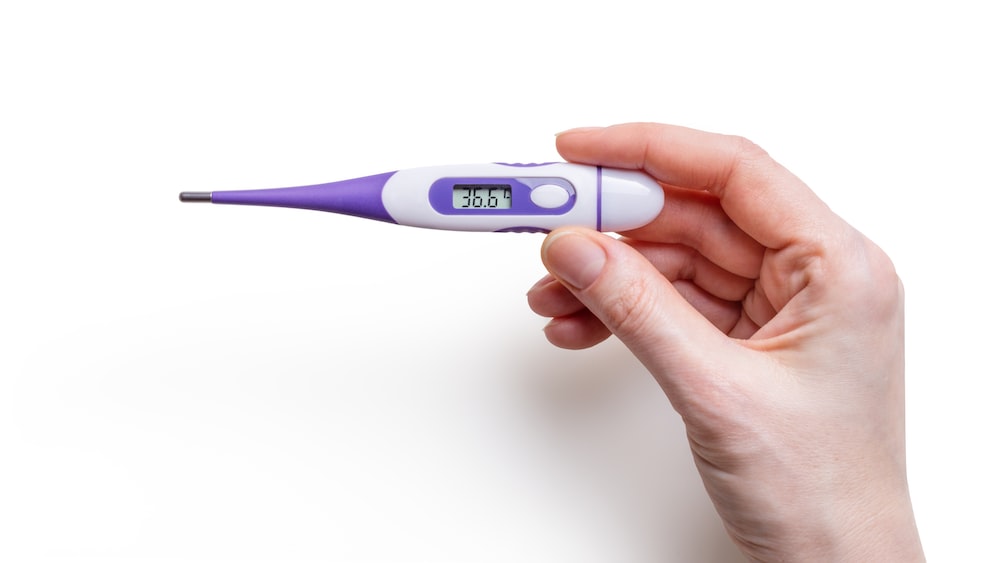
So remember, folks! Brewing tea isn’t a high-pressure poker game; too hot or too cold, both hands lose. Aim for that sweet spot, that Goldilocks zone – not too hot, not too cold, just right – and you’ll be well on your way to green tea greatness.
Steeping Green Tea for Too Long or Not Long Enough
Understandably, you might think steeping your green tea like it’s a tea sauna, or just waving the tea bag in the water like a flag of surrender might do the trick, but alas! Brewing tea is a sacred craft, my friend. Steeping your tea for too long results in a bitter and stringy taste. Have you ever munched on overcooked veggies and caught that distinctly off-putting flavor? That’s right, no one likes a soggy vegetable or a bitter-tasting tea.
On the flip side, steeping it for not long enough, leaves you with nothing but a nutrient-deficient lightweight infusion showing an utter lack of spine. Not enough steep time means the water simply hasn’t had the chance to coax out the fabled flavorful compounds and health-boosting nutrients from the tea leaves. It’s like taking a shower but not having enough time to shampoo. You’re just not getting the full experience!
FAQs
1. What happens if I brew green tea with boiling water?
Brewing green tea with boiling water could be akin to sending your tea leaves straight to Hades! High temperatures destroy the delicate flavors and nutrients, leaving you with a bitter and astringent brew that could curdle milk at fifty paces.
2. How long should I steep green tea at the ideal temperature?
Well, steeping green tea at its ideal temperature isn’t a marathon, but it’s not a sprint either! A brisk 2 to 3 minutes should suffice for most types of green tea. It allows the flavors and nutrients to gently waltz out from the tea leaves and infuse the water like a perfectly timed tea ballet!
3. Can I reheat the water if it cools down too much before brewing?
If your water cools down before brewing, reheating it is just about as good a fix as a duct tape on your car’s bumper. Avoid reheating as it can lead to an inconsistent temperature, which can be a game-changer in the brewing process. It’s best to use freshly heated, just-right water to begin with. It’s like the fairy tale of Goldilocks all over again, but with a tea twist!
4. Does the ideal temperature vary for different types of green tea?
Does a chameleon change its color? Absolutely! Different types of green tea, like Sencha, Matcha, or Dragon Well each come with their own ideal brewing temperature. It’s a beautiful tea spectrum out there, starting from around 140°F (60°C) for delicate Japanese teas to around 185°F (85°C) for robust Chinese ones.
Conclusion
Tea is not just a beverage, but a journey of liquid grace. Your brewing methodology can be the difference between a disappointing swill and a delicate symphony of taste that dances on your palate. The water temperature, the type of green tea you’re brewing, the steeping time – they all play pivotal parts in this intricate tea symphony.
Now, with all the tea knowledge we have brewed together, you are ready to elevate your tea game and bring forth the magic that is hidden in those little leaves. Remember, this is just the start of your green tea adventure. Venture on, intrepid tea travelers! Continue experimenting and tasting, because the world of tea is vast and wonderfully varied.
Take a moment, sip some tea, and remember that great tea is always worth brewing right. Until our next brew-tiful venture together, stay steeped in goodness. Keep it brewing folks! Signing off, Zoe

